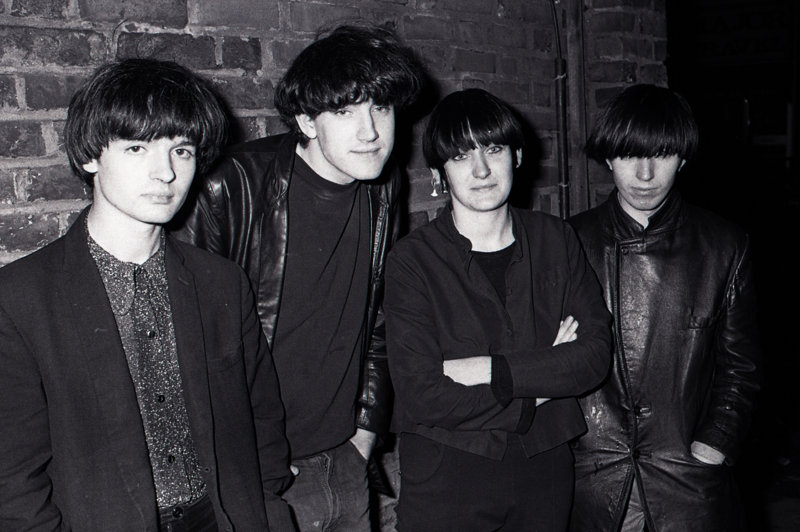I started following your blog, Leaders of Men, a while ago. How did the idea of the book come about?
The blog was where i started gradually laying the books 60's/80's foundations down. I'd been planning A Scene In Between in my head for a couple of years before that at least. You could say I'm quite slow at getting my shit together.
I like what you say in your introduction – ‘It was fairly standard practice to sell for example, a Primal Scream or Pastels single, along with a Love or 13th Floor Elevator reissue LP and a Ramones or X Ray-Spex album all in the same transaction’. Do you think it was this diversity that made the music ‘scene’ so interesting, something worth revisiting?
For sure, Ii feel in many ways it was the last wave of the New Wave before the whole E thing came barging in lobotomising the youth into a sterile conformity. Caroline Coon mentions that somewhere in her book (1988) that punk rock tremors will be felt as far away as '88, her premonition was bang on. For a brief period between '84 - '87 all this rich sonic tapestry to feed from became the same thing. 60's folk rock and garage + 70's DIY punk and new wave = 80's indie fuzz jangle!
The photographs in the book really interesting because girls feature so heavily in them. Laddish attitudes tend to spoil any music scene for me (one of the reasons why Britpop never really convinced me). Do you think the higher proportion of female musicians influenced the fashion and/or attitudes at the time?










